Top 9 Interesting Facts about Ada Lovelace
Who comes to mind when you think of a computer genius? Gates, Bill Stephen Jobs? The Analytical Engine existed much before Microsoft and Apple did, in fact a ... read more...century before. It was the very first general-purpose computer, first conceived by Ada Lovelace and Charles Babbage in the early 1800s. The first machine-usable algorithm was published by Ada Lovelace. The Countess of Lovelace, however, was no overnight sensation. Throughout her brief life, a lot happened. Here is the top 10 interesting facts about Ada Lovelace.
-
George Gordon Byron, known as Lord Byron was born in London being an English poet in the age of Romanticism considered one of the most versatile and important writers from this era. But his fame was not only in his poems also his extravagant life and his scandalous as his numerous lovers, separations, and accusations of incest with his sister Augusta. He was married with Anna Isabella Milbank, but she felt him a year later in 1816 after give birth to Augusta Ada, his only daughter.
He was unfaithful in his marriage. In his last years he went to Greece an Italy. Byron died in Greece when she was eight years old. She tied the knot to William King-Noel, 1st Earl of Lovelace on 8 July 1835, becoming Lady King. They had three children: Byron (born 1836); Anne Isabella (called Annabella, born 1837); and Ralph Gordon (born 1839).
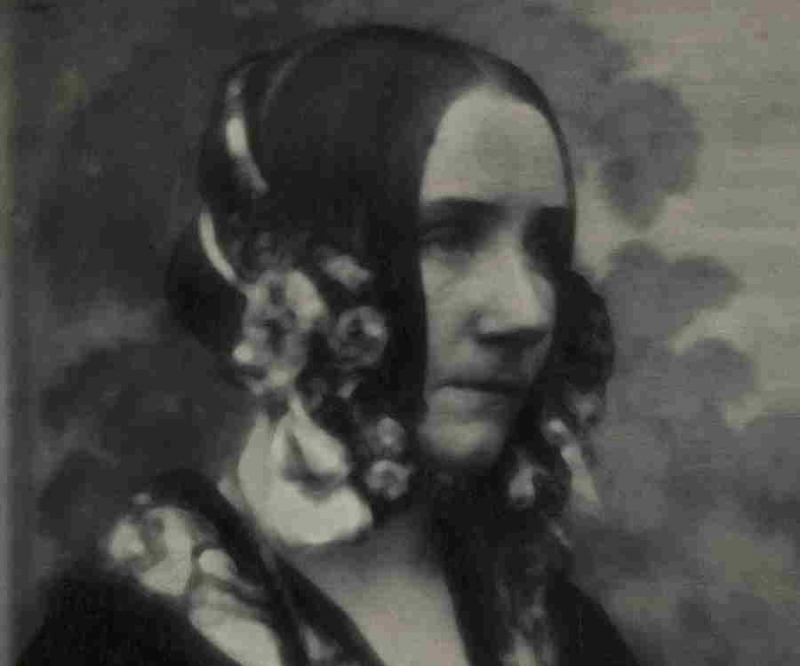
Source: Famous People 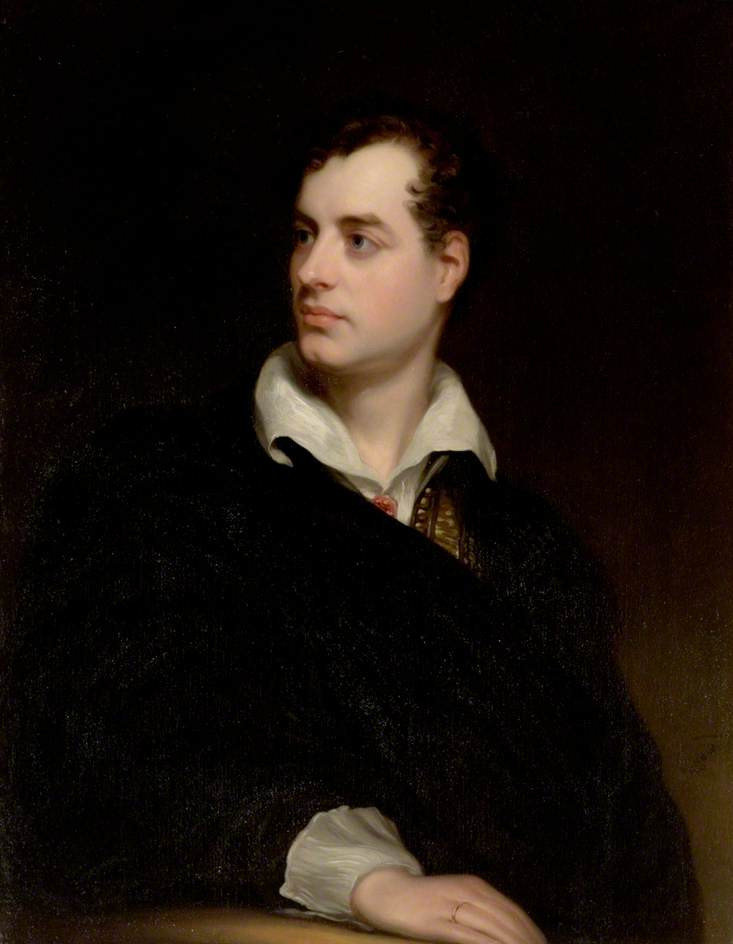
Source: Wikipedia -
Lady Byron, a math prodigy dubbed "Princess of Parallelograms" by Lord Byron, hoped that a rigorous education grounded in logic and reason would help her daughter steer clear of her father's romantic ideals and gloomy personality. Lovelace began receiving tutoring in arithmetic and science when she was 4 years old, an unusual course of study for a woman in 19th-century England. Lady Byron, who was keen that Ada not follow in her father's footsteps and had studied mathematics, physics, philosophy, literature, and—most unusually for a woman—mathematics. Ada received instruction in math and science rather than the arts and literature.
Ada had a wide range of interests and did really well in all of her classes. Ada married William King, 8th Baron King, in 1835, and the two produced three children together, making her a baroness. When her husband was promoted to the title of Earl of Lovelace in 1838, she was made Countess of Lovelace. Lovelace would have made history just by virtue of her pedigree and peerage, but her contributions to mathematics also made her a trailblazer for women in science and computers. Ada and Lady Byron also planned trips to companies where they could observe the operation of steam-powered machinery and gain as much knowledge as possible about mechanical equipment. These activities for an aristocratic mom and her daughter were incredibly uncommon!
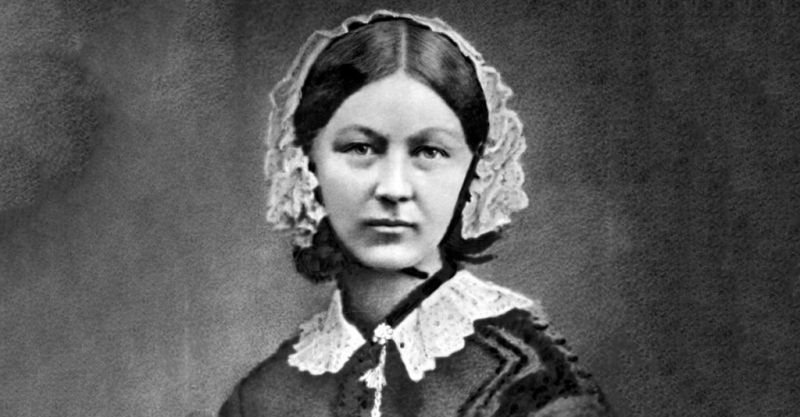
Source: factinate.com 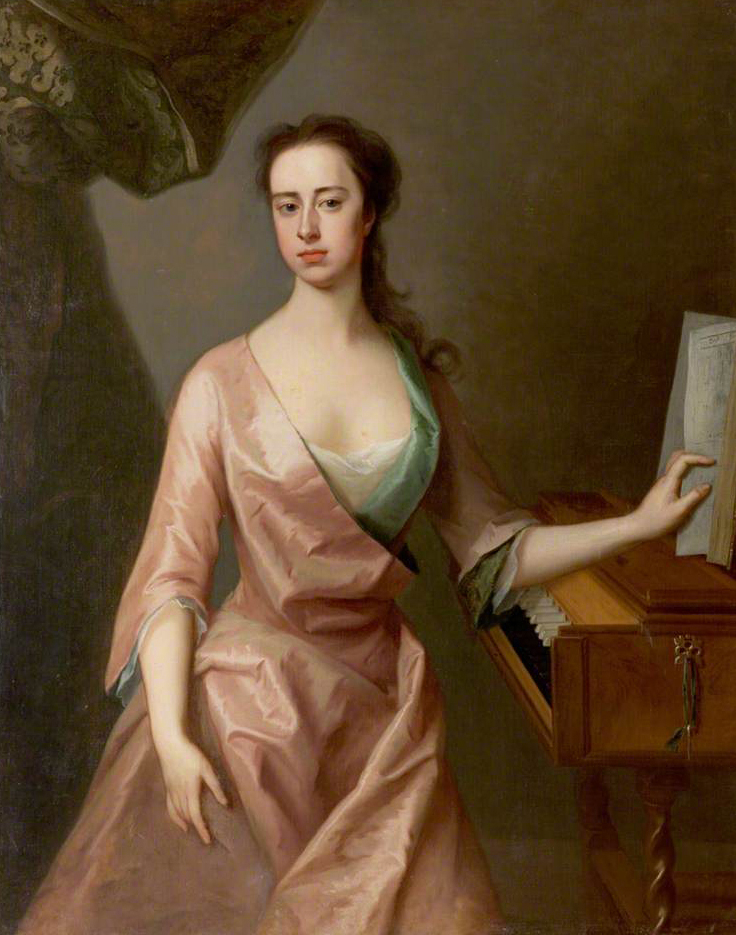
Source: gogmsite.net -
At the age of 12, Lovelace conceptualized a flying machine. After studying the anatomy of birds and the suitability of various materials, she came up with plans to construct a winged flying apparatus.
The young girl depicted ideas to build a winged flying contraption after researching the anatomy of birds and the applicability of various materials, before moving on to contemplate powered flight. “I have got a scheme,” she wrote to her mother, “to make a thing in the form of a horse with a steam engine in the inside so contrived as to move an immense pair of wings, fixed on the outside of the horse, in such a manner as to carry it up into the air while a person sits on its back.” Diagram of an algorithm for the Analytical Engine for the computation of Bernoulli numbers, from “Sketch of The Analytical Engine Invented by Charles Babbage” by Luigi Menabrea with notes by Ada Lovelace.
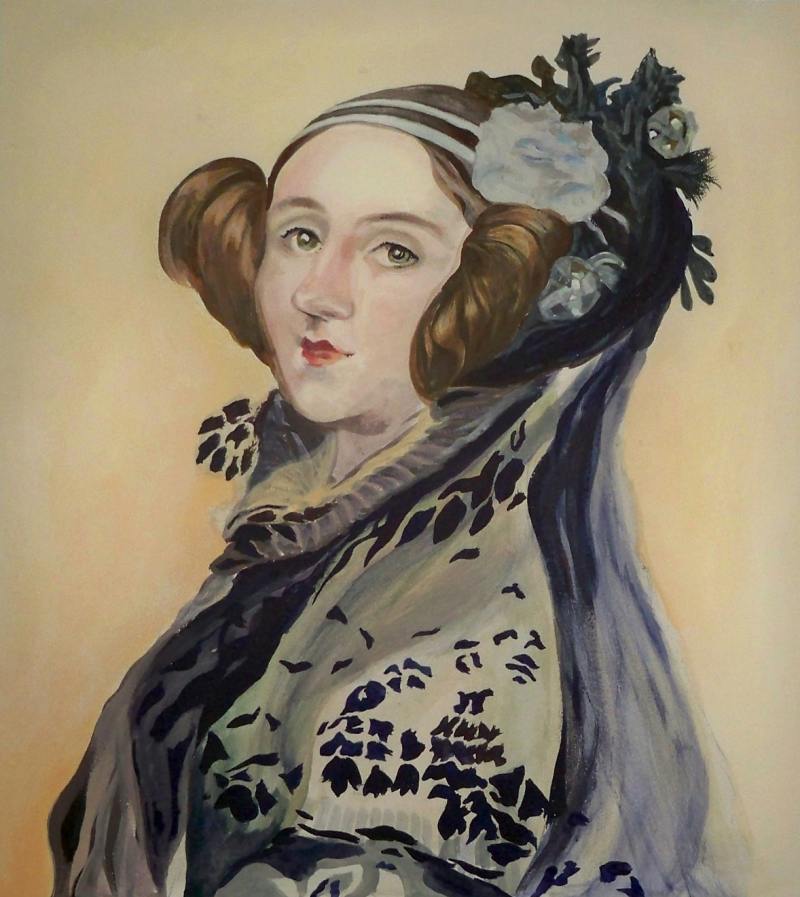
Source: blogspot.com 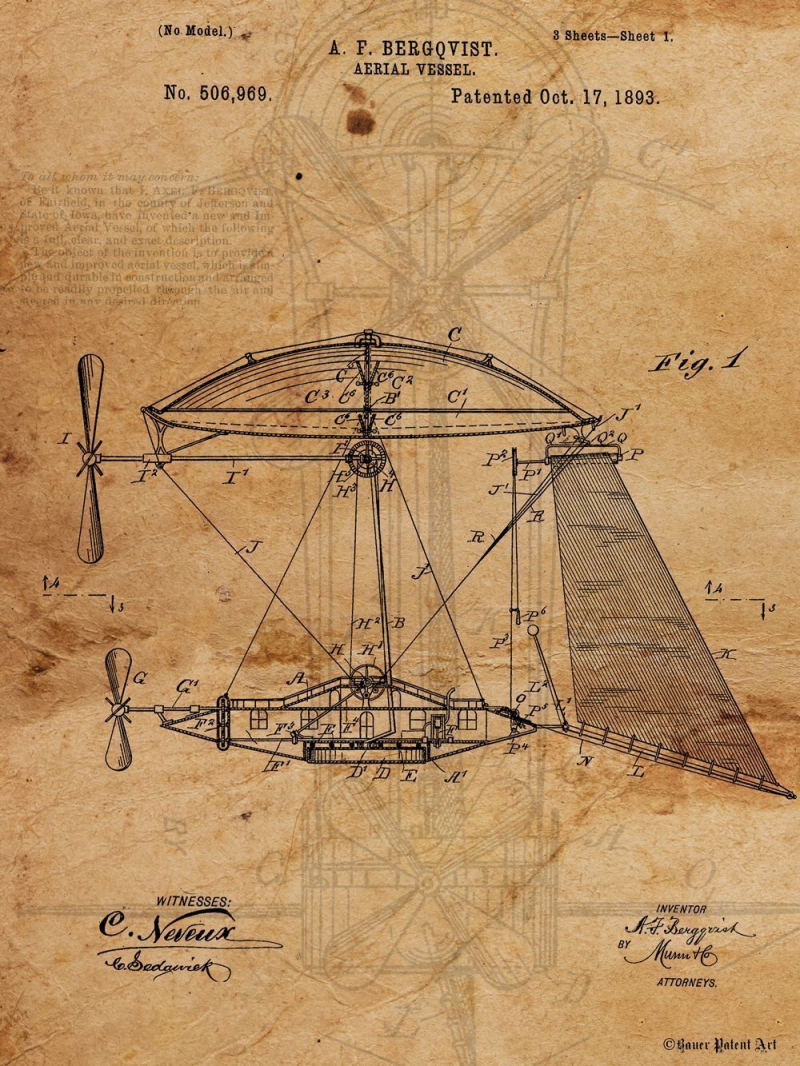
Source: pinterest.com -
At the age of 17, Lovelace had the opportunity to observe scientist and inventor Charles Babbage show a model component of his difference engine, a huge mathematical calculator that has earned Babbage the title "father of the computer." She translated a military engineer and future Italian prime minister Luigi Menabrea's article about Babbage's hypothetical analytical engine into English after becoming Babbage's protege.
Three times as long as the original work, Lovelace's additions to the translation of the analytical engine were published in an English publication in 1843 under the sole author's initials, "A.A.L." Lovelace described how the machine could be programmed with a code to calculate Bernoulli numbers in Note G of her complex work. Bernoulli numbers are sometimes regarded as the first algorithm to be carried out by a machine and, hence, the first computer program.
Ada realized that any device with the ability to operate on numbers could also operate on symbols. Ada understood that the Analytical Engine was capable of calculating outcomes that had not "been figured out by human head and hands first." With those abilities, a machine could produce music of "any complexity or size." Babbage was astounded by Ada's creations. She was described by him as "the Enchantress who has flung her magical spell around the most abstract of Sciences and has gripped it with a force which few masculine intellects could have exercised over it" since he was so fond of her writings. The fundamental components of this device still make up today's computers.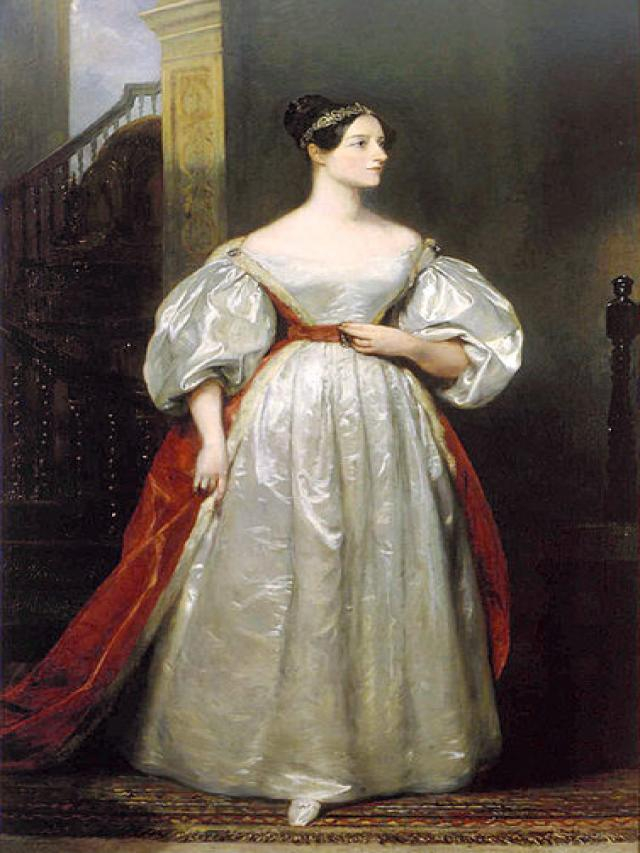
Source: totallyhistory.com 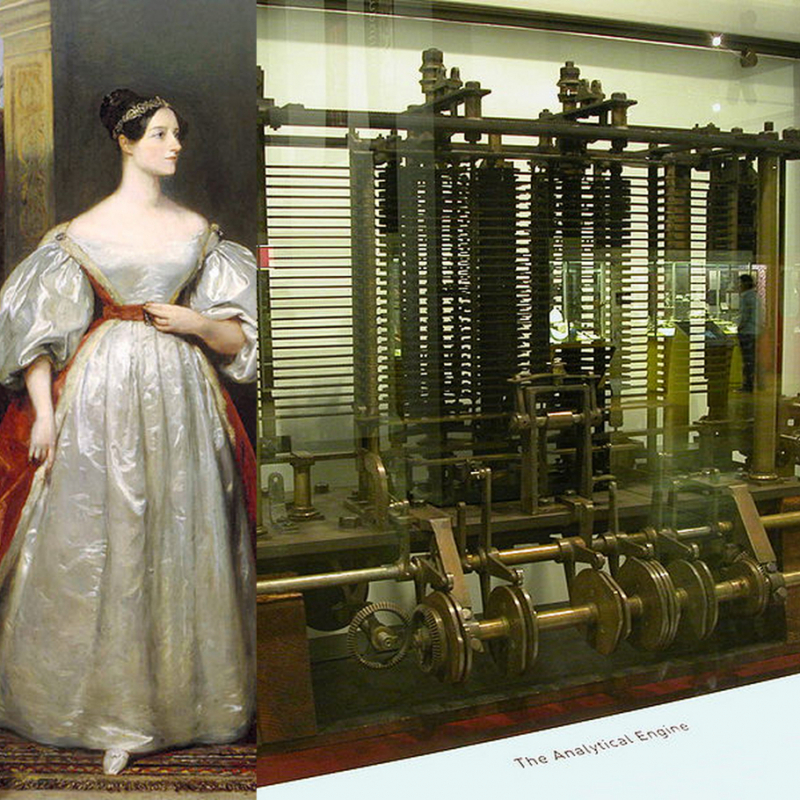
Source: blog.4psa.com -
Lovelace anticipated the current computer's ability to serve multiple purposes. She wondered whether content like music could be converted to digital form and controlled by a machine, notwithstanding Babbage's belief that the function of his machines was limited to doing mathematical computations.
According to Lovelace, if items were discovered whose underlying relationships could be described by the laws of the abstract science of operations, the analytical engine "could function upon other things besides number... For example, if the basic relationships between pitched sounds in the study of harmony and musical composition could be expressed and modified [mathematically], the engine might create complicated and scientific works of music of unlimited complexity or scope.
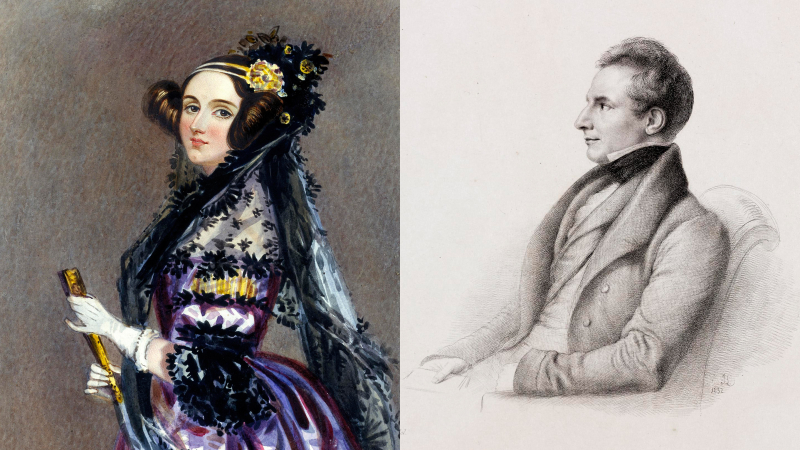
Source: blog.scienceandindustrymuseum.org.uk 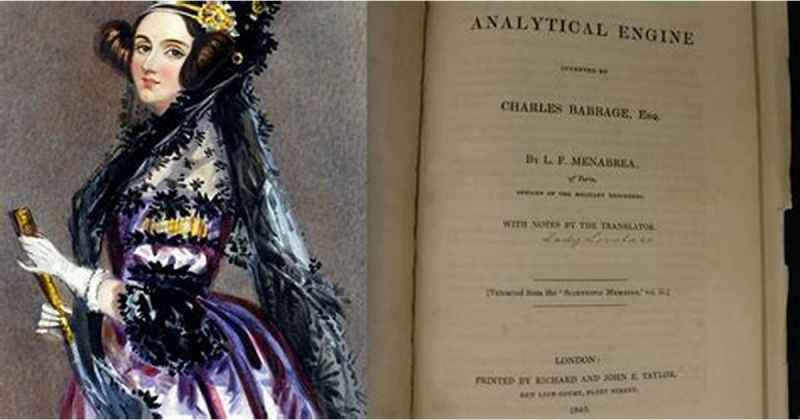
Source: New Atlas -
She explained in the notes how an analytical engine may conduct computations using algebra. Ada was given the difficult calculation known as Bernoulli Numbers by Babbage himself to use in her work, but she found and fixed what Babbage himself referred to as "a grievous error." She is frequently referred to as the first computer programmer since she included the Bernoulli number algorithm, the first documented computer program, in her work. It would be accurate to claim that Babbage contributed significantly to this part, albeit how much is a matter of academic disagreement.
Lovelace started gambling in the 1840s, which led to her depleting funds and compelled her to covertly pawn the jewels owned by the Lovelace family. Ada was once referred to by Babbage as "the Enchantress of Numbers" because of her ability to manipulate numbers as if by magic. But she was also fascinated by the numbers. She came up with mathematical plans she believed would give her a statistical edge. In "Lady Byron and Her Daughters," Lovelace claims to have dropped £3,200 by picking the incorrect horse to win the Epsom Derby. According to Markus, a mystery "book" that was shared between Lovelace and Ada "would steer her extraordinary talents toward gambling and programming the outcomes of horse races, urged by con men," and Babbage once a week probably contained a program designed to predict horse-race results.
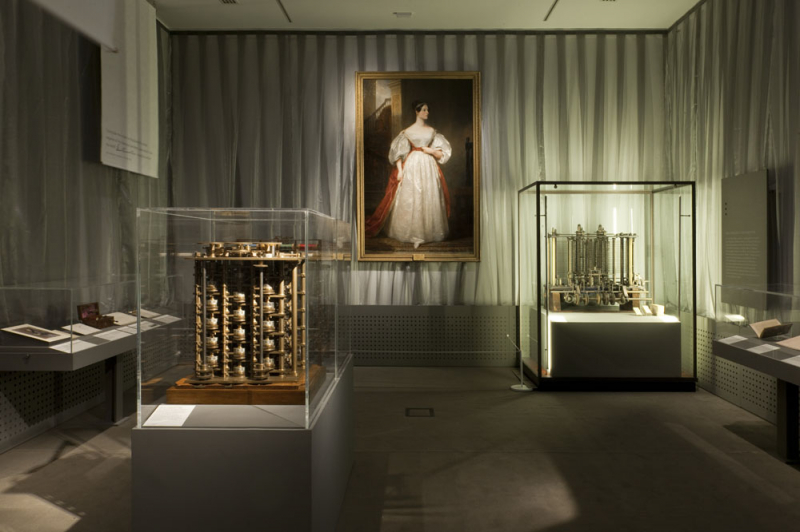
Source: Science Museum, London 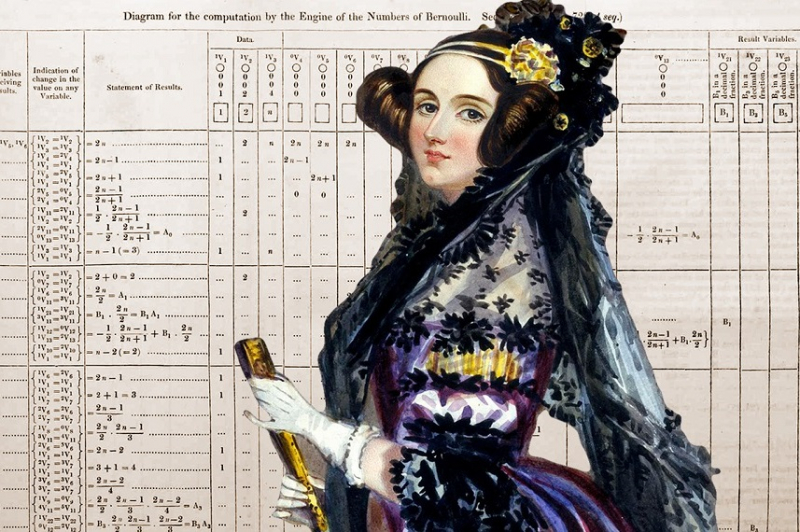
Source: spaceaustralia.com -
Despite not knowing Lord Byron, Lovelace had a lifelong obsession with him and his writings. She was buried in the Byron family vault inside the Church of St. Mary Magdalene in the small English village of Hucknall per her request following her passing. Her father's coffin was positioned next to her own, who had also passed away at the age of 36. Lady Byron moved in to care for her ill daughter by the end of the summer. Ada's medicines were hidden by Lady Byron in a sick plot to have her daughter suffer excruciating pain in order to make her change her wicked ways. Ada allegedly confessed to her husband as she was purportedly getting close to death. Unknown is what she revealed, but it upset William so much that he abandoned her on her deathbed.
Ada ultimately passed away in November 1852 after months of excruciating torment and severe bloodletting by her doctors. Despite the fact that Ada hardly knew her father and was the same age as him when he passed away, it was obvious that she was his daughter. To her mother's shock, she asked to be buried in Nottinghamshire close to him after a lifetime apart. Ada's Notes on the Analytical Engine were not well received during her lifetime despite their groundbreaking content. She was only mentioned as a footnote in Lord Byron's biography for more than a century. However, Ada's work was swiftly reassessed after it was published again in 1953. A programming language was given her name in 1979. Today she is an idol for many women working in mathematics, science and engineering around the world – finally receiving the recognition that she long deserved.
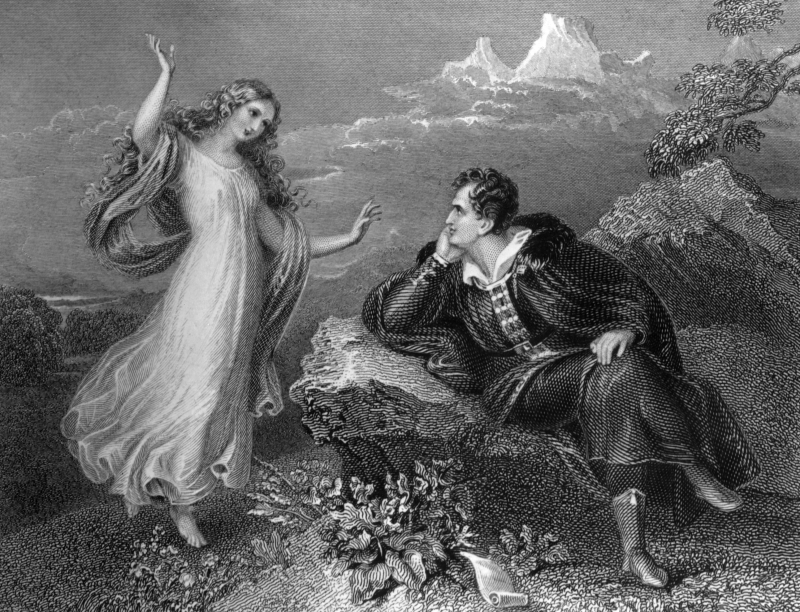
Source: factinate.com 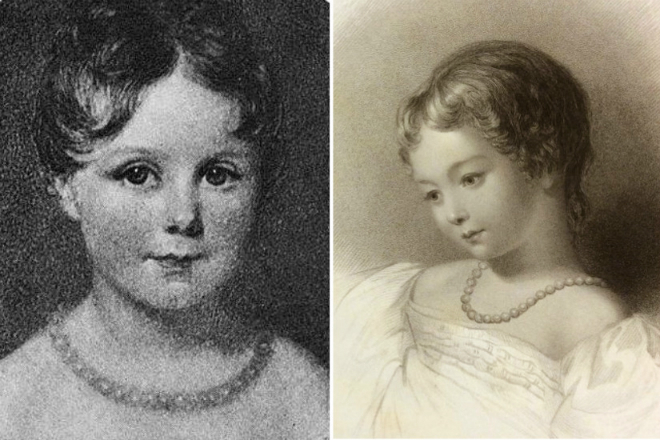
Source: writeabout.tech -
It took nearly a century for technology to catch up to Lovelace's ideas about computers because they were so far ahead of their time. Lovelace's comments on Babbage's analytical engine received little attention when they were first published in 1843, but when they were reprinted in B.V. Bowden's 1953 book "Faster Than Thought: A Symposium on Digital Computing Machines," was read by a far wider audience. Lovelace earned a new following in the digital era as computer science emerged in the 1950s.
After Ada Lovelace's passing, her contributions to computer science were mostly forgotten for over a century. They were unearthed in 1935 by Baron Berram Vivian Bowden, a British physicist. Faster Than Thought; A Symposium on Digital Computing Machines, which he published in 1953, included a reference to her work and reintroduced it to the world. The 1980 creation of the Ada programming language by the US Department of Defense was done in her honor. There are numerous initiatives aimed at encouraging women to enter STEM disciplines, some of which bear Ada Lovelace's name. The 14th of October, 2014, is designated as Ada Lovelace Day, an occasion to honor her accomplishments. Her efforts are widely cited as an example for female programmers and those working in STEM fields.
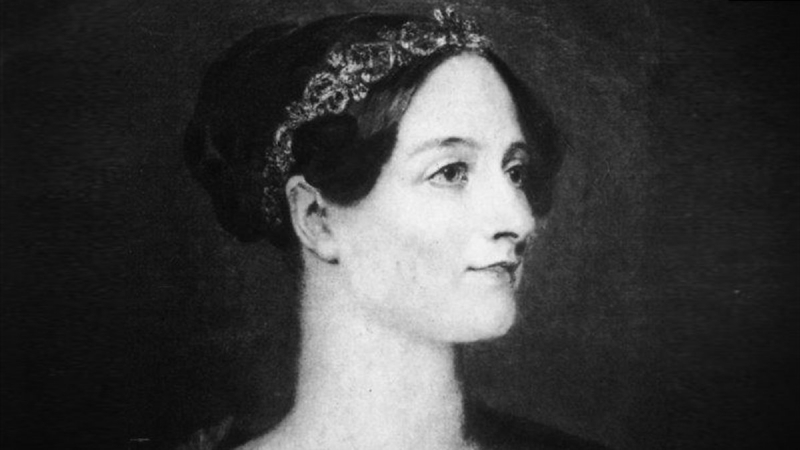
Source: BBC 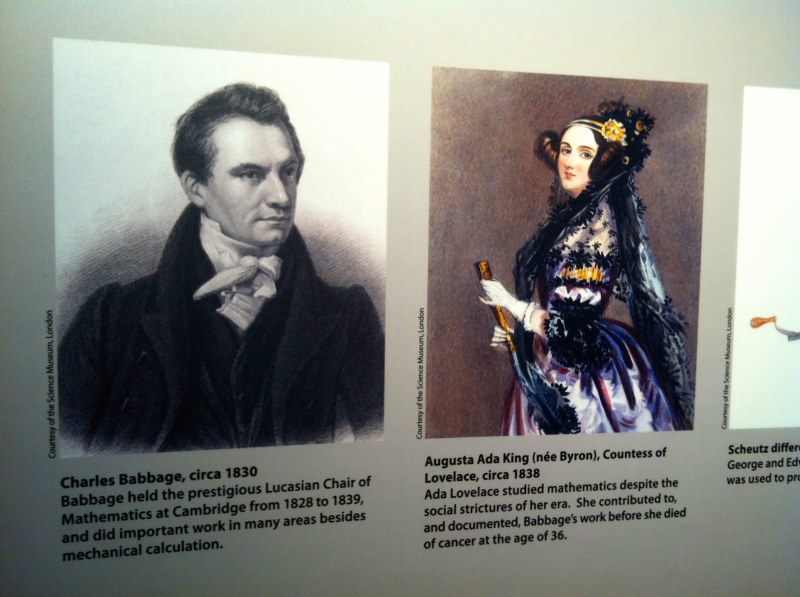
Source: factinate.com -
During the 1970s, the US Department of Defense developed a computer programming language to supersede the hundreds of different ones used by the military. Navy Commander Jack Cooper suggested naming the new language Ada in honor of Lovelace in 1979. The proposal was approved. The language is still used around the world in operation of real-time systems in the aviation, transportation, financial infrastructure, and space industries.
In the area of mathematical history, Ada Lovelace is recognized today as a visionary pioneer. In honor of her contributions to the discipline, the US Department of Defense gave Ada the name to their in-house computer programming language in 1980. The second Tuesday in October has been recognized worldwide as Ada Lovelace Day since 2009! Starting in 2015, all British passports have a two-page spread with a photograph of Ada Lovelace and Charles Babbage. Last but not least, five of the six original copies of Ada Lovelace's notes on the transcription of Babbage's speech are housed in esteemed academic institutions. In 2018, the sixth was auctioned off for just under 100,000 pounds.
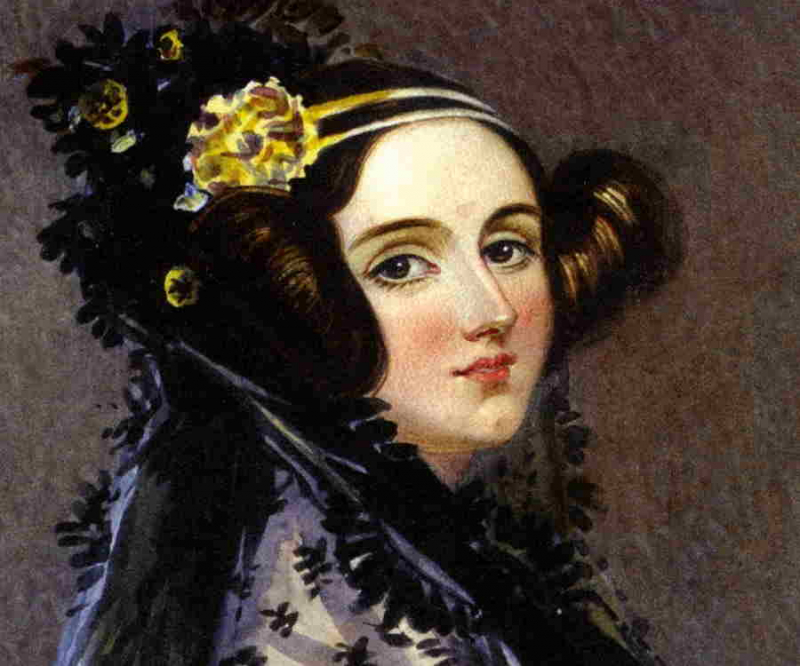
Source: Famous People 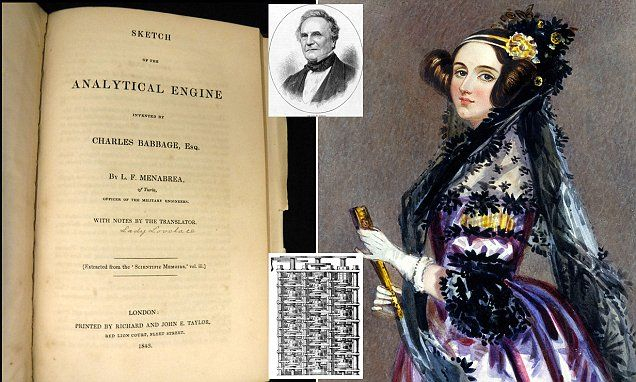
Source: Pinterest






























